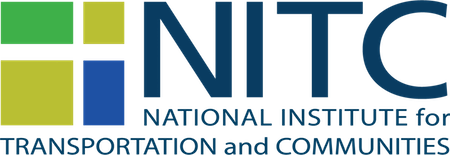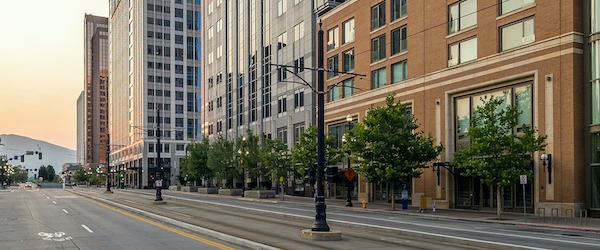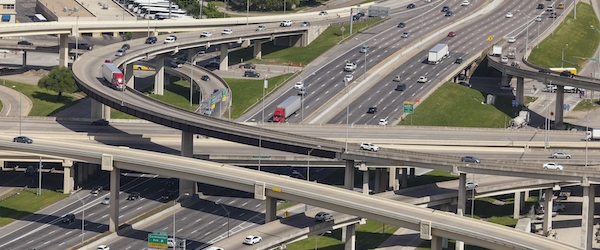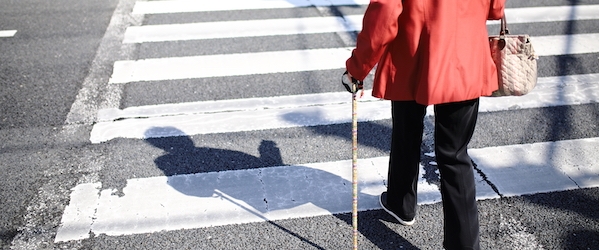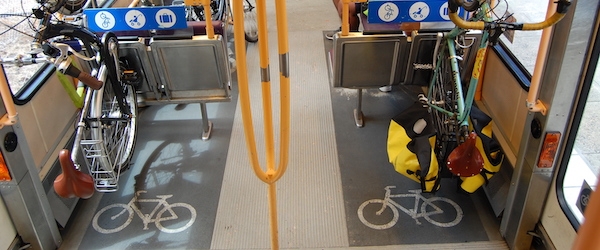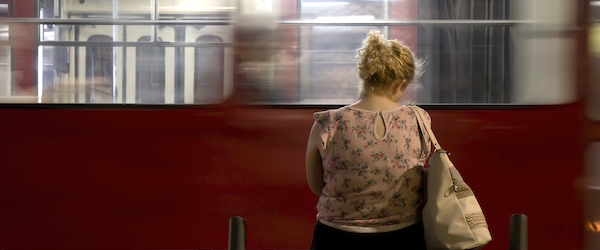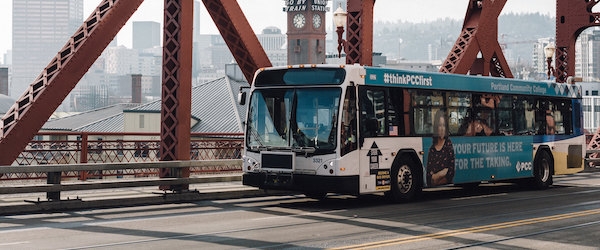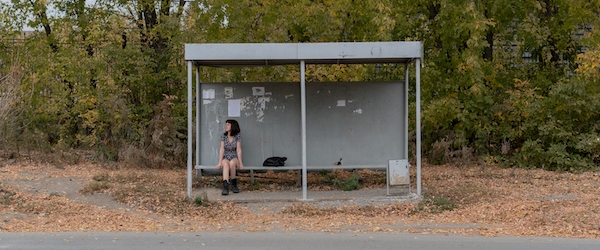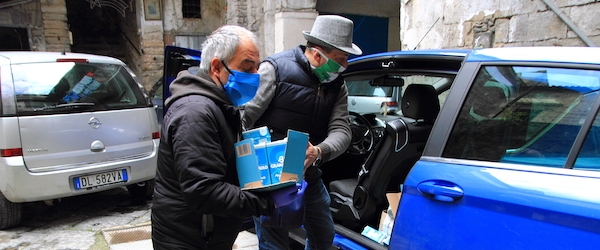How can relocating services away from a downtown center change the transportation decisions and patterns for persons experiencing homelessness? And how do those changes affect access to the services they need? New research from the University of Utah (UU) examines the impacts of decentralizing homeless service locations through a case study in Salt Lake County, Utah.
Prior to 2019, resources for people experiencing homelessness in the county were concentrated in a single location: The Road Home – a nonprofit social services agency located downtown within the free fare zone for TRAX light rail. In 2019, Salt Lake County transitioned to a decentralized, scattered site model with multiple shelter locations. The downtown shelter closed and three new Homeless Resource Centers (HRCs), operated by various providers, were opened outside of downtown Salt Lake City.
Funded by the National Institute for Transportation and Communities (NITC), researchers Sarah Canham, Jeff Rose, Ivis Garcia Zambrana, and Shannon Jones of UU surveyed clients of the three new HRCs (106 respondents) and conducted qualitative interviews with 19 HRC clients who had previously accessed services at the old downtown shelter. They also interviewed 24...
Read more